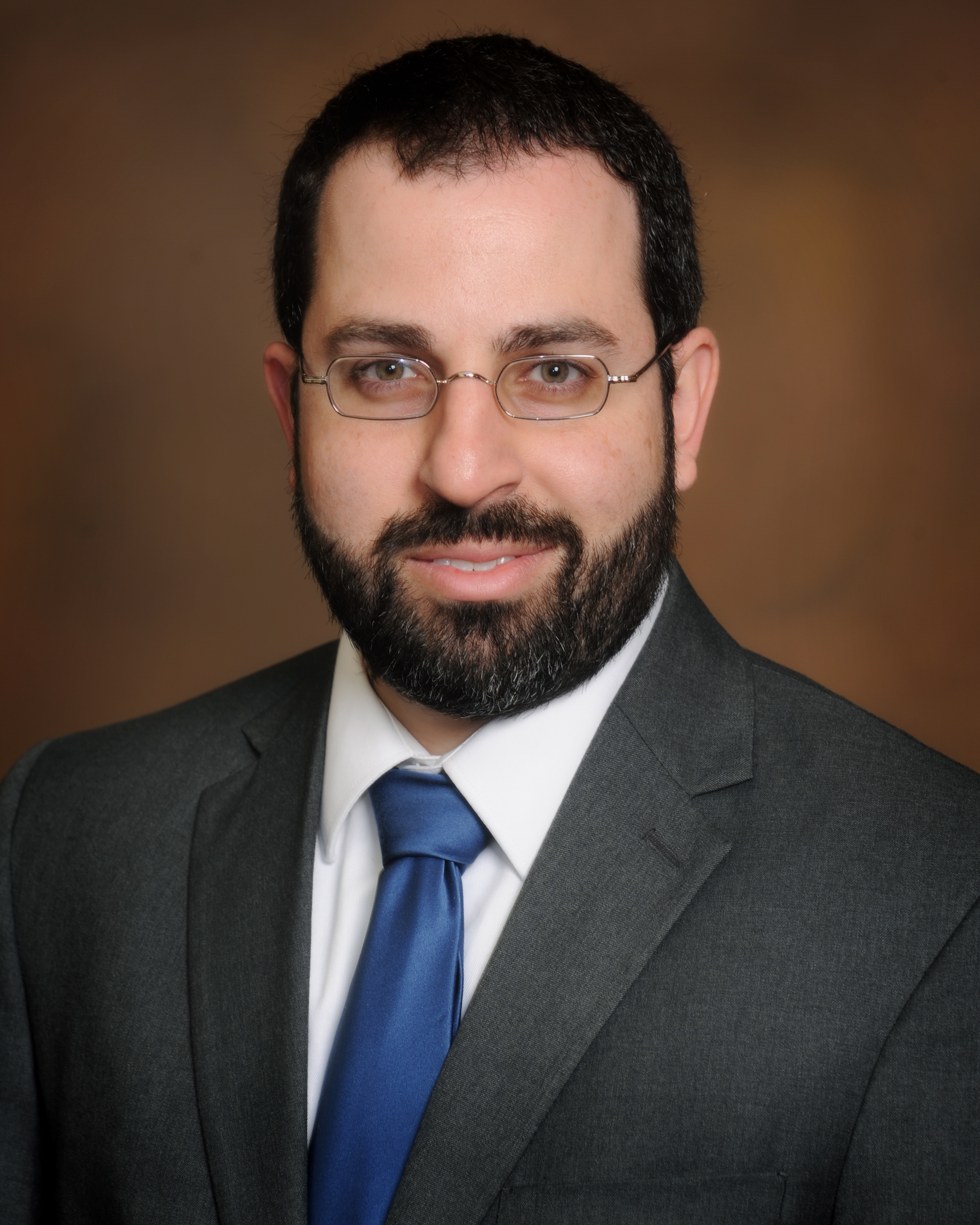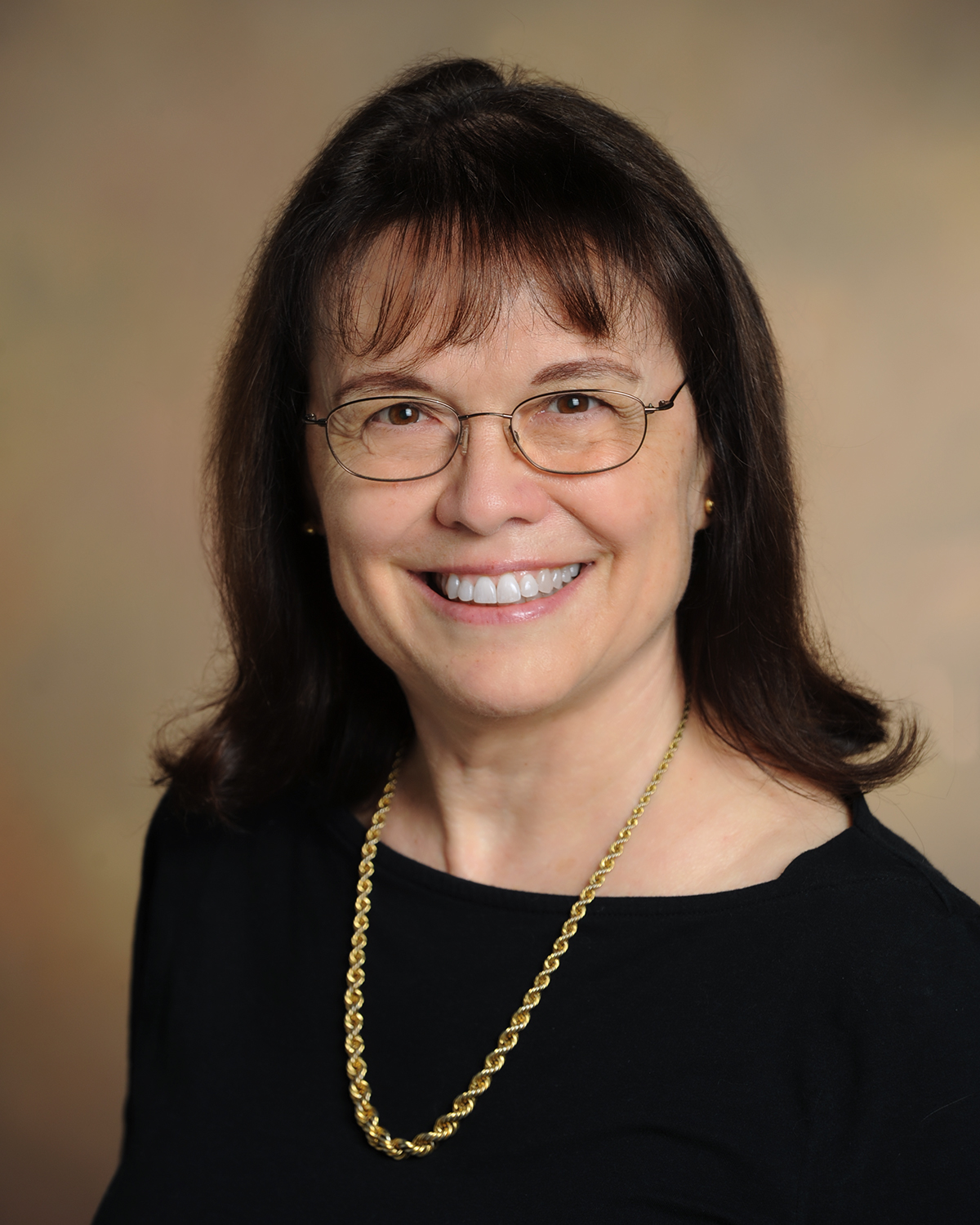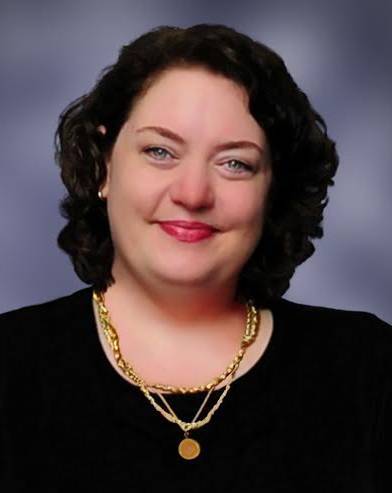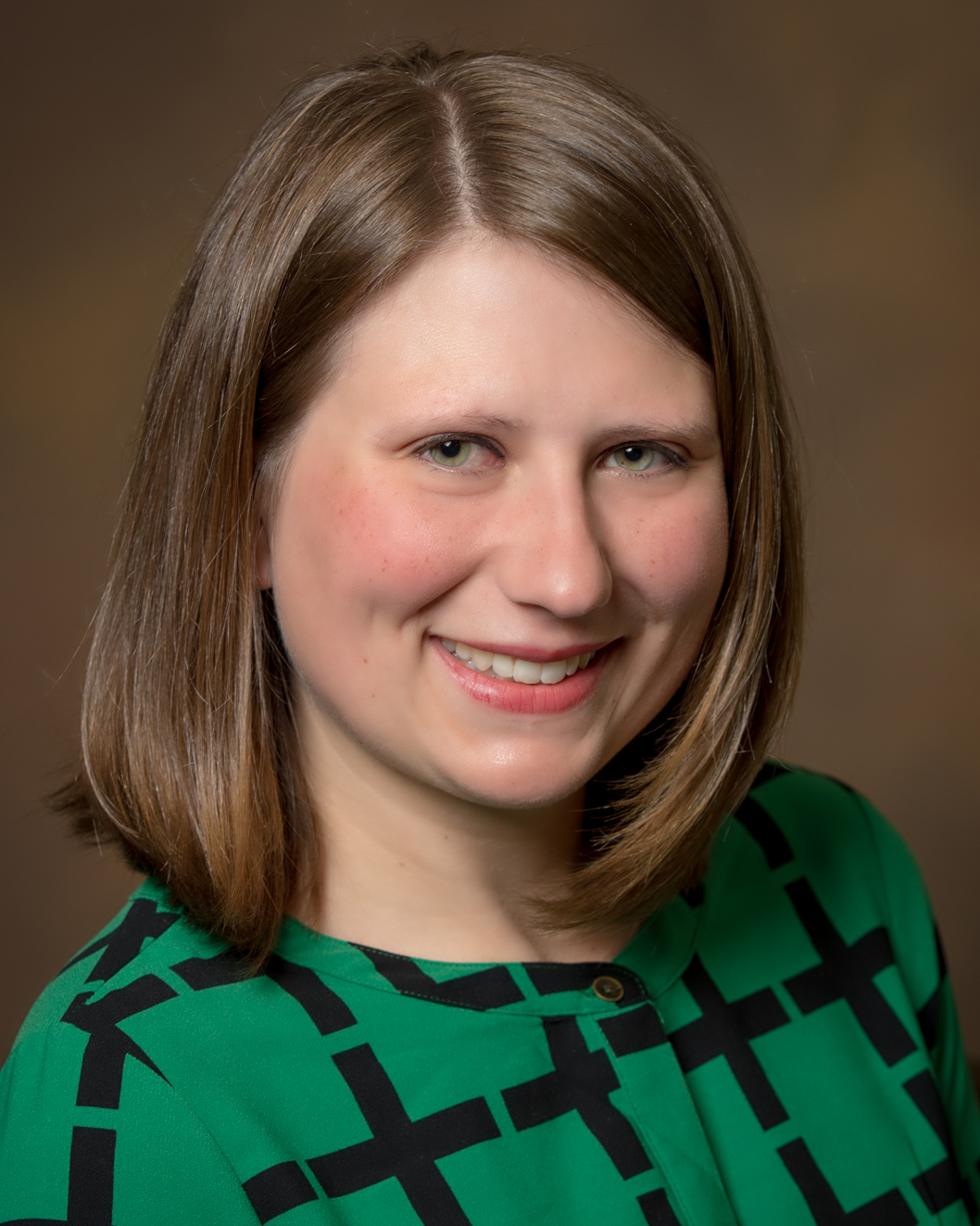School of Humanities
CHILDREN'S LITERATURE IN ENGLISH at SOUTHERN MISS
Page Content
Children's Literature Principal Faculty
Eric L. Tribunella, Professor and Executive Associate Dean, has taught a variety of children’s literature courses on such topics as the Golden Age, trauma in children’s literature, the young adult novel, children’s literature before 1865, and nineteenth-century boy books & girl books. He is the author of Melancholia and Maturation: The Use of Trauma in American Children’s Literature (2010) and the co-author with Carrie Hintz of Reading Children’s Literature: A Critical Introduction (2013). He received the 2014 Children’s Literature Association (ChLA) Article Award for “Between Boys: Edward Stevenson’s Left to Themselves and the Birth of Gay Children’s Literature,” and he currently serves on the Executive Board of the ChLA.
Recent Course Offerings
ENG 518: Adolescent Literature
Dr. Jameela Lares
Both children’s and young adult (“YA”) literature favor the narrative. There are, for example, few plays or lyric poem collections on the solid wall of young adult literature at Hattiesburg’s Books-a-Million. But though young adult literature is heavy with plots, characters, and settings, the genre is not limited to the realistic “problem novel,” though that genre represents some excellent texts. As we will see in our examination of YA literature (broadly defined as “texts for maturing persons or about maturation process”), various YA genres represent issues and conflicts in becoming adults, and arguably some genres represent some of these issues better than others. I hope that we can also make use of the extensive YA holdings in our excellent de Grummond Children’s Literature Collection. Requirements: Thoughtful reading of texts, regular attendance and participation in seminar discussions; regular blog posts and/or responses on Canvas; an oral presentation on an additional YA text with a short written component; a class teaching session and teaching portfolio write-up; and a researched seminar paper. We will also make use of the extensive YA holdings in our excellent de Grummond Collection. This course is being taught concurrently with English 418.
Texts will include:
Brosgol, Anya’s Ghost
Bruchac, Code Talker: A Novel about the Navajo Marines of World War Two
Heiligman, Vincent and Theo: The Van Gogh Brothers
Hinton, The Outsiders
Jones, Fire and Hemlock
McCormick, Sold
Ness, The Knife of Never Letting Go
Salinger, The Catcher in the Rye
Thomas, The Hate U Give
Zarins, Sometimes We Tell the Truth
ENG 597: British Children’s Literature (Study Abroad)
Jameela Lares
“Classics of British Children’s Literature”
Here's your chance to experience firsthand the inspiration for some of the world's most famous children's stories. You'll read literary classics, visit the places where they were written, and attend presentations by noted British specialists. You'll visit fantasy sites in Oxford associated with Lewis Carroll, C. S. Lewis, J. R. R. Tolkien and Harry Potter, cross Pooh Bridge in Milne's Ashdown Forest, find traces of Long John Silver in Stevenson's Edinburgh, and look for Peter Rabbit in Potter's Lake District. In London, you'll explore the appeal of Dick Whittington to city apprentices, visit Kensington Garden to understand how J. M Barrie could see Peter Pan in the magical park across the street, walk about the maritime world of Greenwich Village, visit the Old Royal Observatory, and experience a child's wonder of having a foot in each hemisphere at the Greenwich Meridian - and more. Along the way, you'll learn how various texts are constructed as literature that reflects historical, cultural, and psychological realities. You'll also enjoy the most stunning classrooms of a lifetime, as your pathway of learning stretches North from London through the Lake District to Edinburgh.
ENG 645: Topics Children's/Young Adult Literature
Eric L. Tribunella
“Keywords for Children's Literature”
This course will pair landmark works for children and young adults with relevant entries from Nel and Paul's Keywords for Children's Literature. In doing so, the class will navigate between an introduction for non-specialists and a more focused study for students planning to concentrate in children's literature. The course will read significant texts, authors, and genres, as well as discuss issues central to the field. Students will write several short responses modeled on Keywords essays and a traditional seminar paper on a children's text of their choosing. Possible course readings include the following:
Introductions 1: Children's Literature, Childhood, Golden Age, Innocence, Classic
Introductions 2: Culture, Identity, Ideology, Theory
Audience, Crossover: Hughes, Tom Brown's Schooldays (1857)
Nonsense, Education, Fantasy: Carroll, Alice's Adventures in Wonderland (1865); Benson, David
Blaize and the Blue Door (1918)
Girlhood, Tomboy, Domestic, Home: Alcott, Little Women (1868); Coolidge, What Katy
Did (1872)
Boyhood, Gender: Alger, Ragged Dick (1868)
Class, Empire, Postcolonial: Burnett, The Secret Garden (1911)
African American, Multicultural, Race: Ovington, Hazel (1913)
Realism, Young Adult: Boylston, Sue Barton (1936); Hinton, The Outsiders (1967)
Image, Picture Book: Selznick, The Invention of Hugo Cabret (2007)
ENG 645: Topics in Children's and Young Adult Literature
Eric L. Tribunella
"Child-Loving, Child-Hating, and Children's Literature"
James Kincaid calls the broad cultural impulse to glorify youth and to romanticize children “child-loving.” Following Kincaid, we can understand the enterprise of children’s literature as relying on and reproducing a culture of child-loving, which involves assuming that children are important and special enough to have their own literature, to be written for and to be written about. Responding to Kincaid, Karen Coats argues that “[i]n focusing on the ways that we love and have loved children…he suppresses the ways we have hated them,” and Freud has taught us to consider how expressions of pleasure or value can mask impulses of aggression or hatred. This course offers an introduction to children’s literature, especially the period known as the Golden Age, in terms of child-loving and child-hating. We will examine key debates in the history of childhood about the care of children, theories of child love and hate, literary expressions of the suffering and sacralization of children, and depictions of pedophilic and pedophobic adults in children’s classics.
In addition to excerpts by James Janeway, John Newbery, Elizabeth Turner, William Blake, William Wordsworth, Heinrich Hoffmann, and Randolph Caldecott, required texts will include the following:
Alice’s Adventures in Wonderland & Through the Looking-Glass, Lewis Carroll
Elsie Dinsmore, Martha Finley
Toby Tyler, or Ten Weeks with a Circus, James Otis
Stalky and Co., Rudyard Kipling
A Little Princess, Frances Hodgson Burnett
Peter and Wendy, J.M. Barrie
Pollyanna, Eleanor Porter
ENG 745: Seminar in Children's and Young Adult Literature
Jameela Lares
"The Bible and Children's Literature"
This course will examine the extent to which certain children’s books encode or reflect Scripture itself and also the extent to which the Bible concerns itself with children, though individual research papers can be on any subject in children’s literature, on any subject in biblical literature, or on some combination of the two. There will be additional readings to choose from for oral reports, but as a class we will look at biblical narratives in the King James Bible (the most enduring literary version) and also look for connections between the Bible and children’s literature in Bunyan’s Pilgrim’s Progress and Defoe’s Robinson Crusoe, both of which heavily informed by Scripture but also have heavily influenced children’s literature. We will look at some shorter pious narratives, Janeway’s immensely popular A Token for Children from the seventeenth century and Stretton’s equally popular Jessica’s First Prayer from the nineteenth. We will of course read the more scripturally-informed titles from The Chronicles of Narnia by C. S. Lewis, that is, The Lion, the Witch, and the Wardrobe, The Silver Chair, The Magician’s Nephew, and The Last Battle, as expressions not only of creation, temptation, and redemption, but also of “last things,” which will take us into a consideration of apocalyptic literature and the book of Revelation. Another apocalyptic text we will read is the graphic novel Watchmen, which we can at least categorize as young adult literature and which certainly represents the rich influence of apocalypse on graphic novels. We will probably take a week to compare the many and various children’s Bibles held by our university’s rich de Grummond collection, and we will also be reading Charles Dickens’s The Life of Our Lord, a gospel account written for his own children. Among the poems will we consider against the background of biblical poetry are those by Isaac Watts and Anna Laetitia Barbauld. I hope also to include a partial or complete theatrical work, such as Madeline L’Engle’s The Journey with Jonah or even Tim Rice and Andrew Lloyd Webber’s Joseph and the Amazing Technicolor Dreamcoat.



